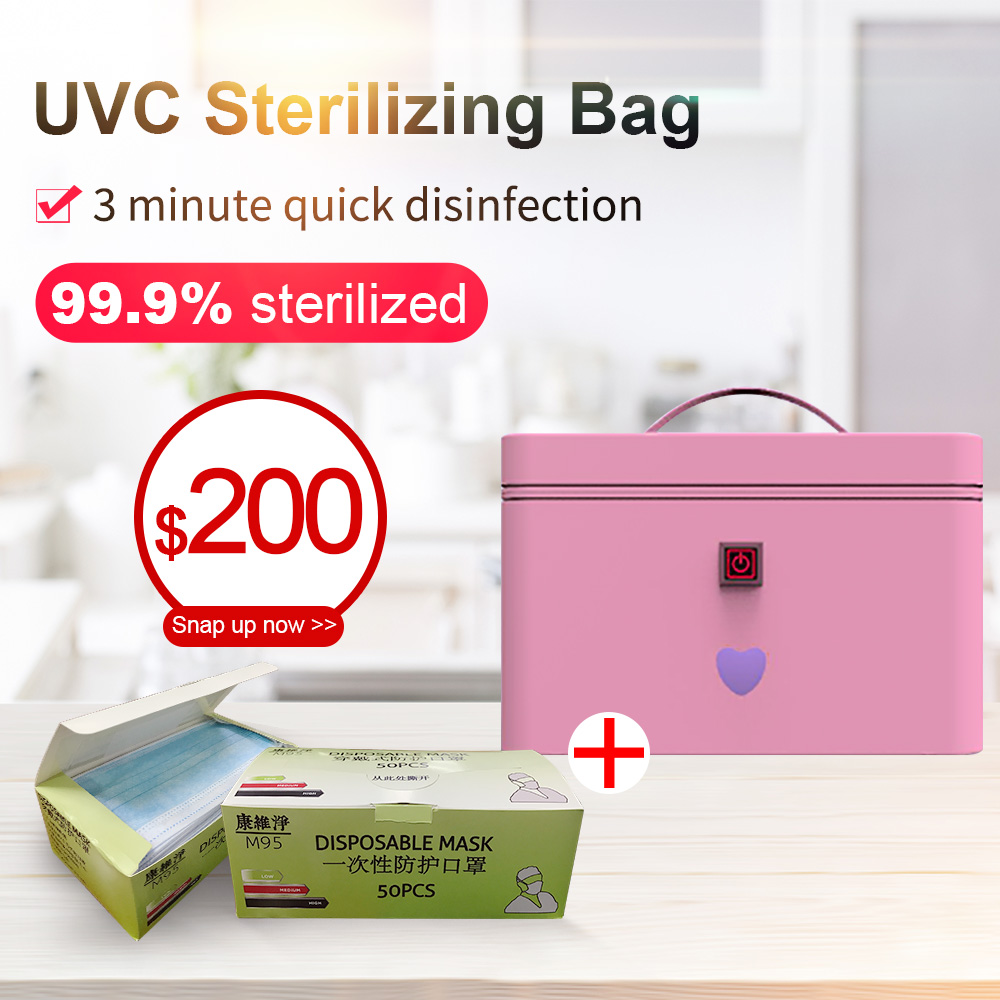In winter and spring season, the lack of green feed, cattle and sheep are mostly dominated by poor forage, and the supply of protein is insufficient, which affects the growth and development. If the increase of protein concentrates will inevitably increase the cost of feeding, it is a good idea to use urea as a supplement. Urea is a non-protein nitrogenous compound with up to 46% nitrogen content. Once eaten by adult cattle and sheep, it is decomposed by a large number of microorganisms (bacteria and ciliates) in its rumen, and then synthesized into bacterial protein. These proteins then decompose into amino acids in the abomasum (ie, the fourth stomach) and the intestines of cattle and sheep and are used by cattle. Therefore, urea can only feed ruminants (also called regastric animals) but not monogastric animals (pigs), nor can it be used for lactating calves or lambs because the rumen of the latter is not yet fully developed. Not normal yet. It is estimated that 1 kg of urea with a nitrogen content of 42% is equivalent to 2.6-2.8 kg of crude protein. In an ideal case, it is equivalent to approximately 7 kg of crude protein contained in bean cake, and urea is a chemical product that can be mass-produced. Production is cheap, and it is convenient and cost-effective to use. Then, what problems should be paid attention to during specific operations? 1. There must be a certain amount of carbohydrate in the diet of cattle and sheep, that is, in addition to feeding a certain amount of roughage (such as corn stalks), a certain amount of feed containing high carbohydrate content (such as corn, etc.) should also be provided. This is because carbohydrates provide rumen microbes with the “energy†they need to use ammonia. Once there is a lack of energy, the availability of urea is limited. Of course, the higher the starch content, the better the starch concentrate. 2. In cattle and sheep diets, appropriate protein levels should be maintained, generally 9% to 12%. Proteins are also needed for the growth and reproduction of rumen microbes. When the protein content is low, urea can replace part of the protein, and when the protein is excessive, feeding urea can cause waste and even affect normal weight gain. Moreover, the ability of rumen microbes to use non-protein nitrogen is limited, so once the urea dosage exceeds 35% of the total nitrogen content of the diet, the urea utilization rate will drop significantly. For convenience, under the above two conditions, it is recommended to feed 20-30 grams of urea per 100 kilograms of body weight per adult cow per day, but the total amount of feed for one day should not exceed 120 grams, and each adult sheep 13 18 grams of 8 to 12 grams per day of young sheep aged over 6 months. Do not overdo it to prevent urea poisoning. 3. In order to increase the utilization of non-protein nitrogenous compounds and prevent poisoning, we must try to reduce the release rate of ammonia (urea enters the rumen and dissolves quickly, and is hydrolyzed by urease to produce ammonia and carbon dioxide), so urea must not be dissolved in water. Beverage, release agent if necessary. The correct method is to mix the urea with the dry material and mix it in the crushed grass to feed it. The 1 day dosage is best divided into multiple feedings. Never avoid feeding once. The amount of feeding should gradually increase, generally after 5 to 7 days of adaptation period. In addition, in the mixture containing urea, it is not possible to contain the seeds of raw soybeans and alfalfa and Lespedeza (name of pasture). Because they contain urease, it will accelerate the decomposition of urea. When the rate of ammonia production in the rumen is too fast, it is too late to be fully used by microorganisms, or discharged in vain, causing waste or the phenomenon of ammonia poisoning in cattle and sheep caused by excessive concentration. At the same time, after urea is fed, drinking water should be taken at least half an hour later to ensure safety and effectiveness.
12pcs UVC Inside, Fast Disinfect, its can use in Hospital Medical tool Disinfect, Not just for Home Use
* Efficient and complete – UV-C can kill the microorganism by destroying microbial DNA and RNA. UV-C 99% antibacterial rate, 360°wide beam angle, can thoroughly clean and disinfect the air by killing bacteria, viruses, allergies and molds, effectively improving your living environment.
Bag requires virtually no maintenance with no filters to replace and a long-lasting UVC light bulb that's rated to easily outlast the life of your device.
UVC LED Sterilization Bag, UV Sterilizer Bag, UVC LED disinfection Box, Ultraviolet sterilizer box Shenzhen Guangyang Zhongkang Technology Co., Ltd , https://www.lighttherapymachine.com
99.9% sterilization, No Mercury, No Ozone, No Radiation
* Multi-function disinfection - Sterilization disinfection for phone, small Accessories, Bottle, Rubber Nipple, False teeth, key,Shaver and Jewelry. The whole process produces no pollutant or residue. Safety and environmental disinfection mode!
* Fresh Smell - Enjoy the fresh smell, lower electric bill and environmental benefits of line-drying articles. Sterilising trays remove invisible viruses and bacteria and give you a refreshing smell. Anything can smell the clean taste of clothing be exposed to the sun.
* Travel Essentials - The handheld box is perfect for travel, hold the switch, and then simply scan the area to be disinfected.Can kill almost all bacteria on mobile phones, iPads, keyboards, laptops, toys, toothbrushes, remote controls, door handles,toilet covers, cups, steering wheels. Destroy and kill bacteria, fungi, molds and viruses in the hotel.
* Fast Disinfect - Featuring one-touch operation and automatic shut-off, Blu-ray shows that the UV sterilization is functioning. UV sterilizing lamp strength is equal to more than 20 times the intensity of the sun. 3 min quick completion of disinfection.

The lack of green feed is good for feeding urea to cattle and sheep
